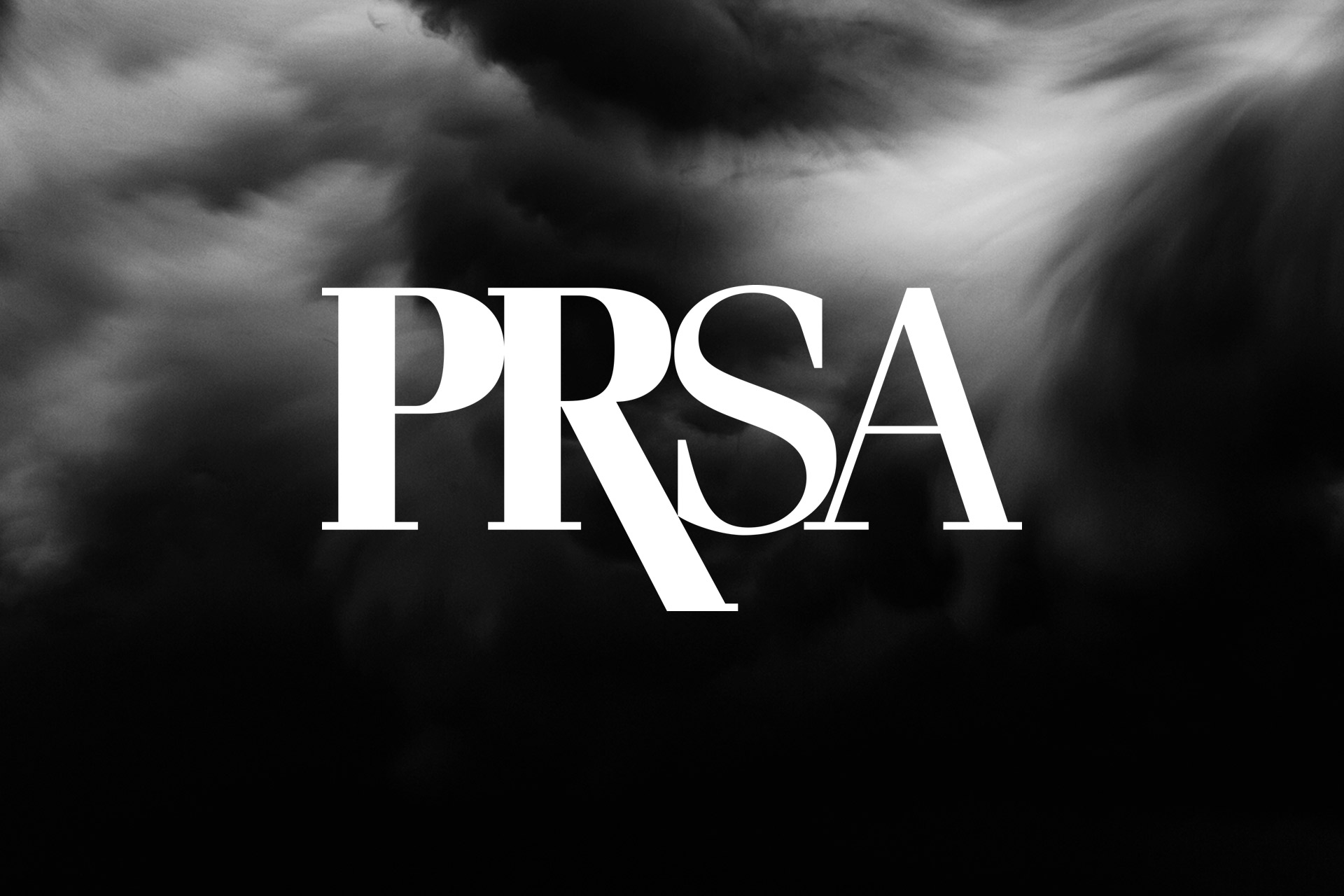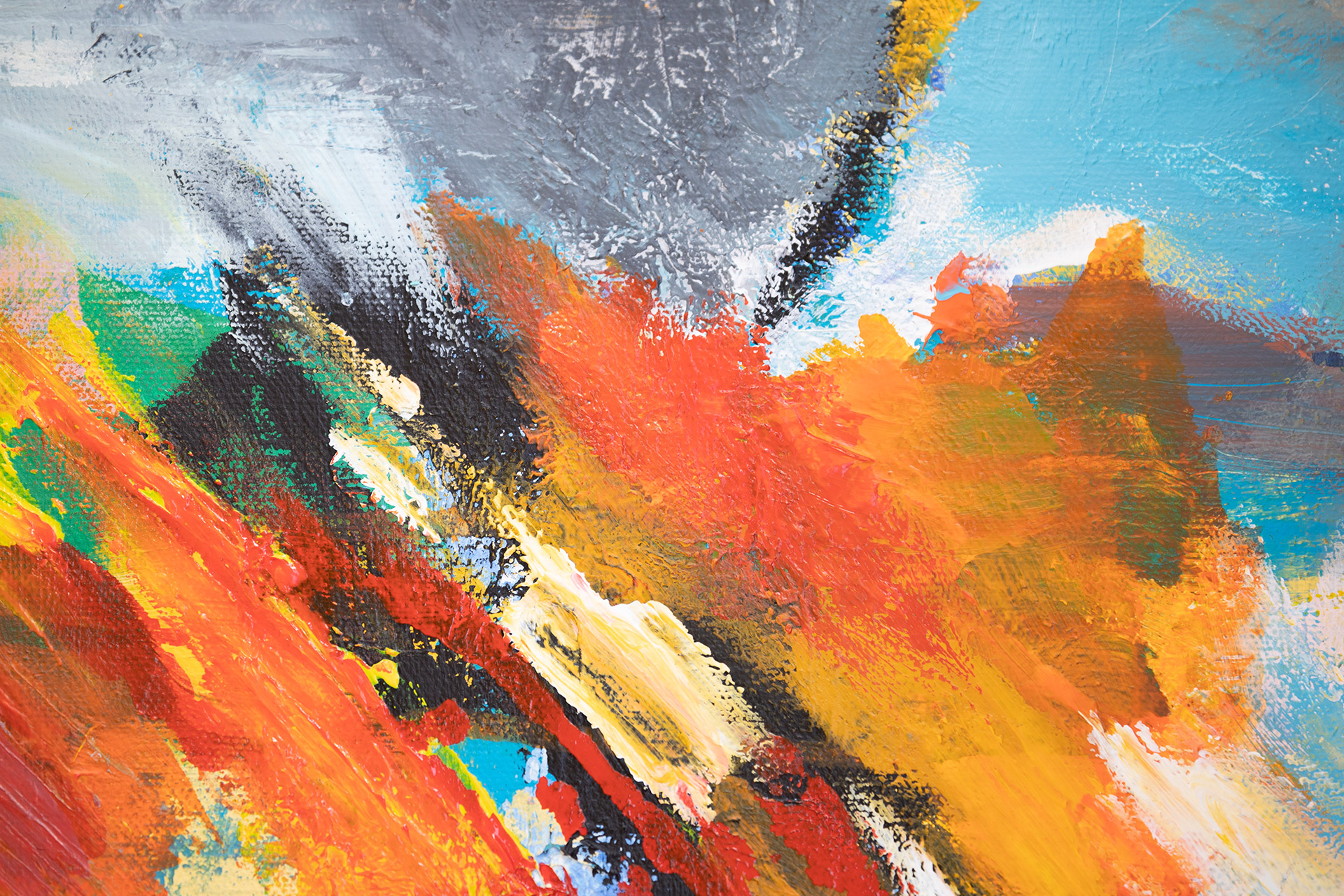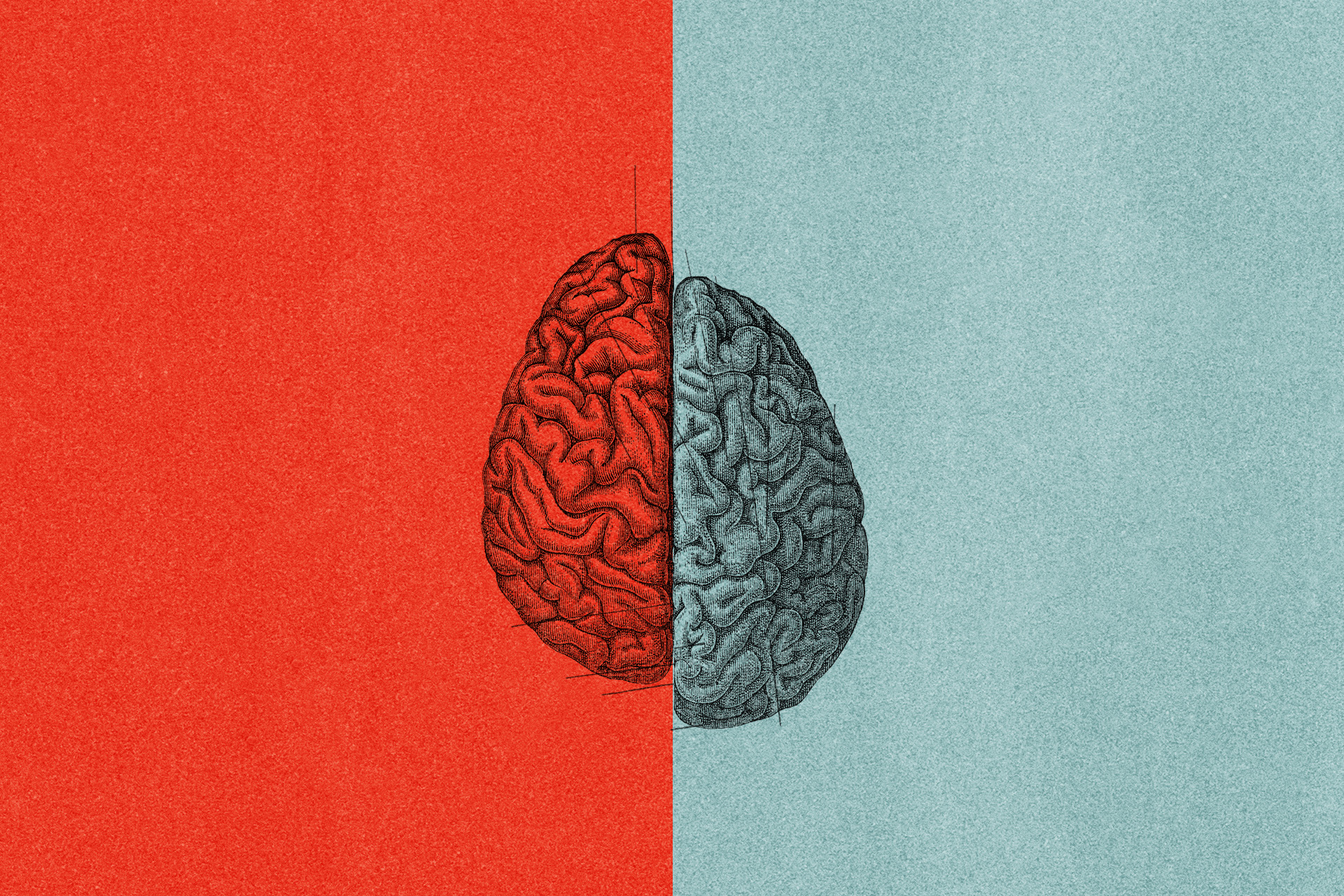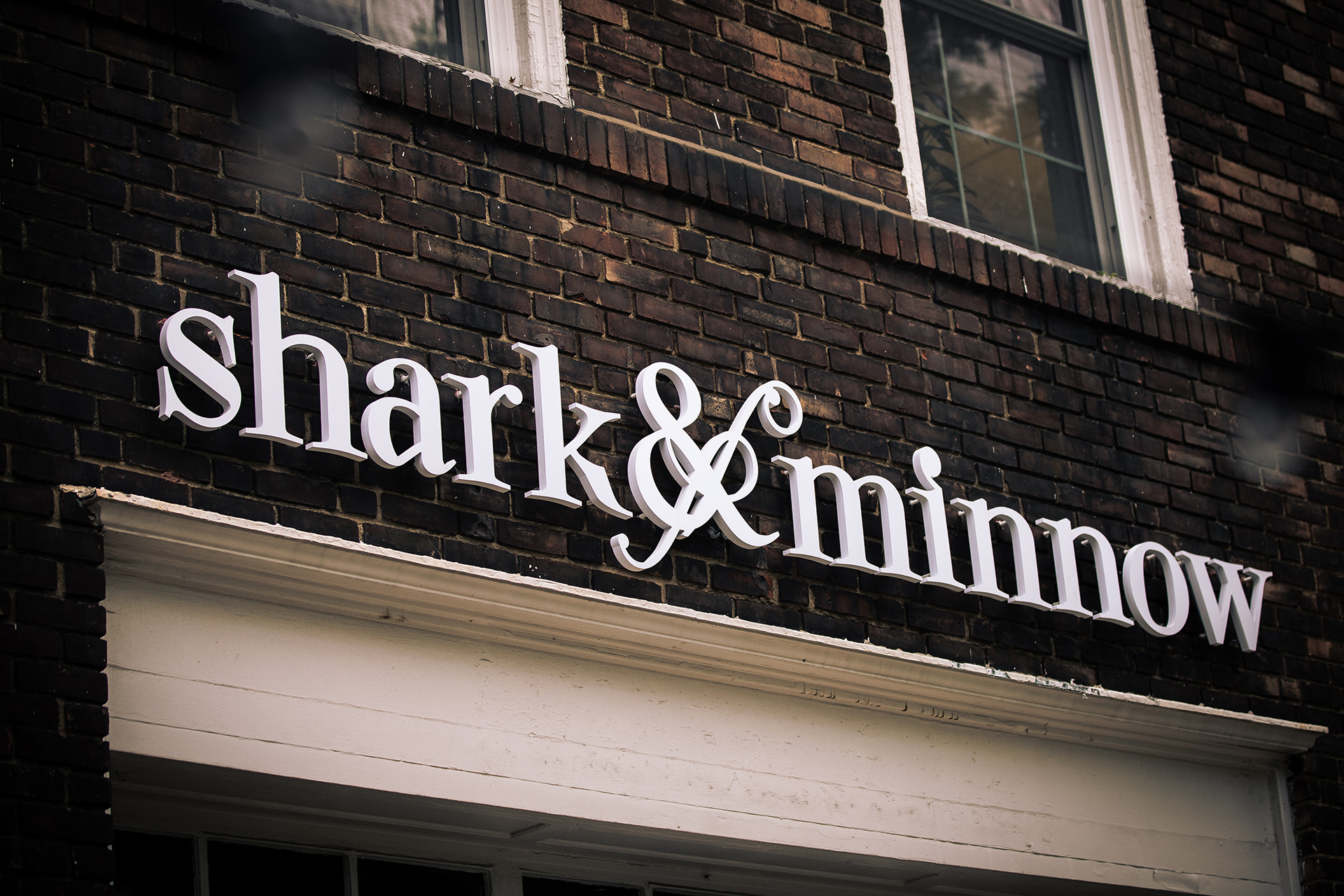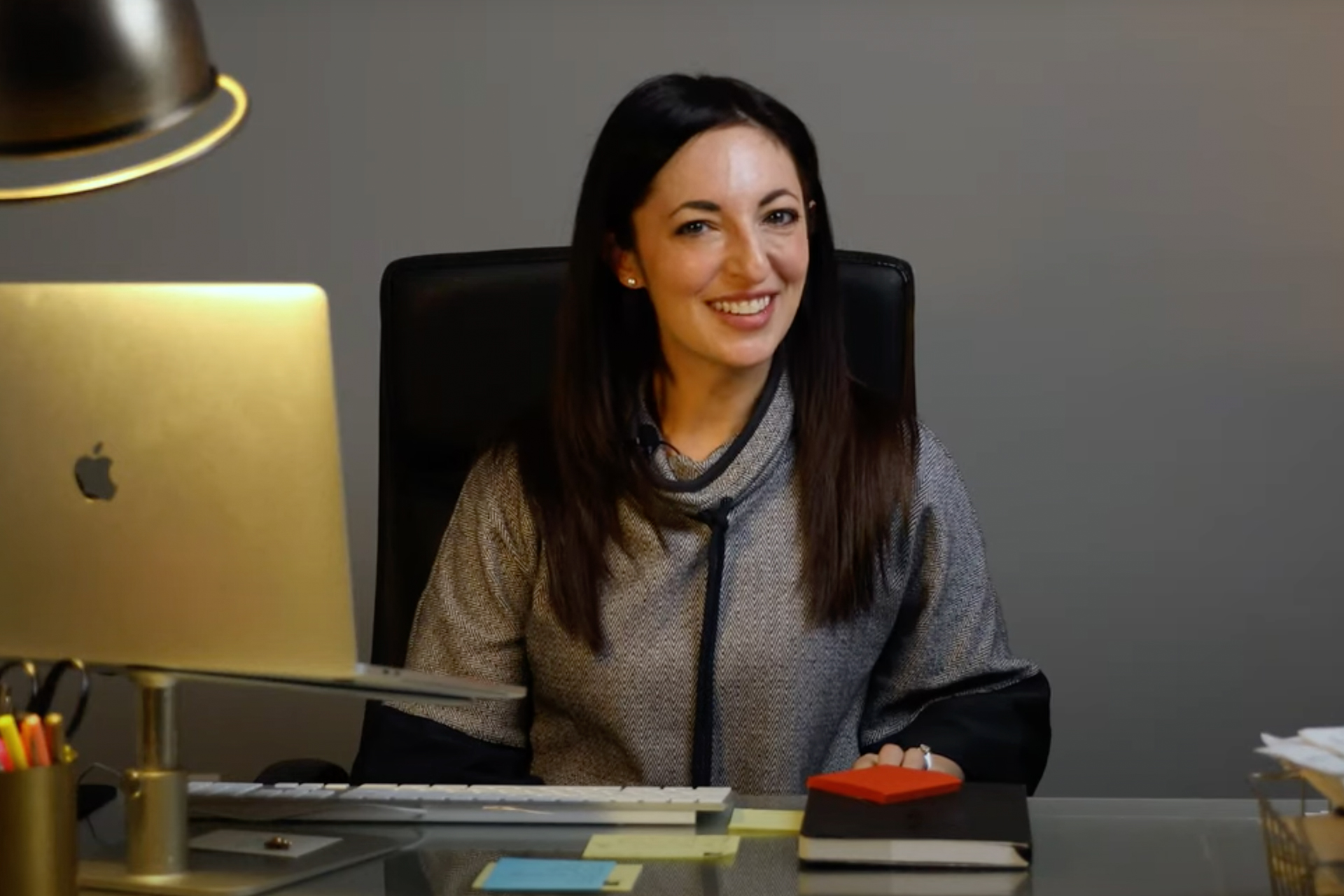The Future of Lighting
Plumen
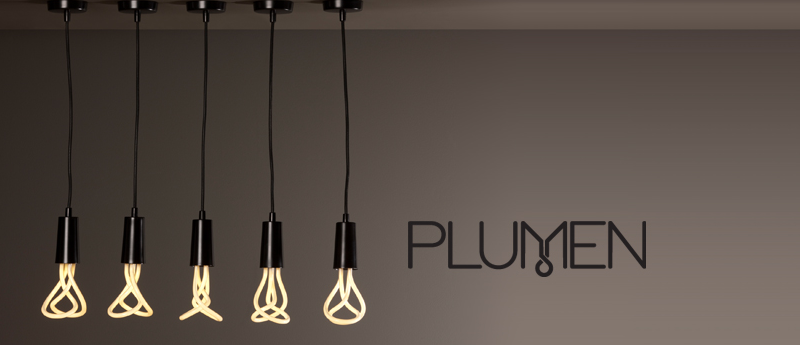
Hulger Design x Samuel Wilkinson. The Plumen took three years of development to bring to market, and it was worth it.
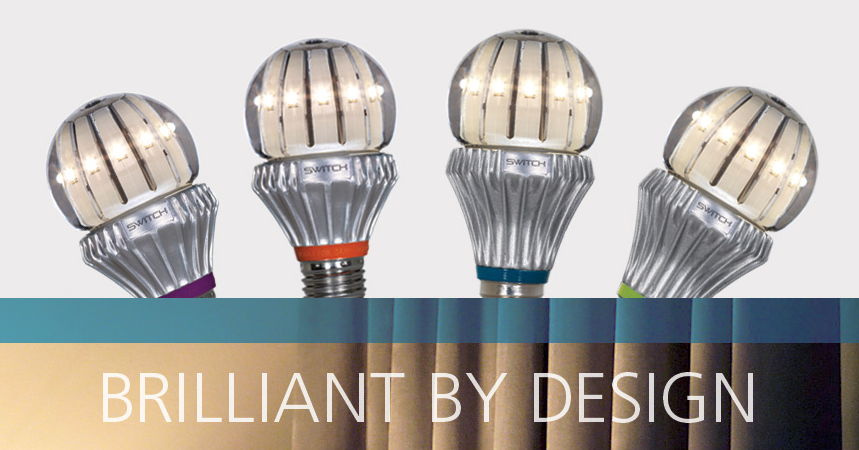
Or even Spark, a simple product that connects your lights to the internet so you can control them from a smartphone, tablet, or computer.
These last two examples reveal an emerging trend – that start-up companies are the force behind innovation in the lighting industry. But is that true? What do companies like GE Lighting have planned? Knowing that GE was born from the invention of the world’s first affordable incandescent light bulb and a pioneer in LED technology – innovation in lighting is just getting started.
We’re also seeing innovation come from colleges and universites around the world, such as Carnegie Mellon University. Ozan Tonguz, a telecommunications researcher at Carnegie Mellon turned to nature for an innovative solution to gridlock. Tonguz’s company, Virtual Traffic Lights, recently patented an algorithm that directs traffic at busy junctions.
As cars approach the intersection, they use dedicated short-range communications to quickly exchange information on their number and direction of travel. The largest group of vehicles is given an in-car green light. Cars in the other cluster see a red light and have to wait. As soon as the biggest group of cars passes through the intersection, the next biggest group is given the green light. Simulations over the past three years have shown the system could reduce commute time for urban workers between 40 to 60 per cent during rush hour.
Learn more about Virtual Traffic Lights here.
The future looks bright with lighting that is brilliantly designed, energy-efficient, adaptable and customizable by need, and also digitally integrated. Further, mobile technology that empowers us with complete control or smart technology that is intuitive and reacts passively to the environment.


